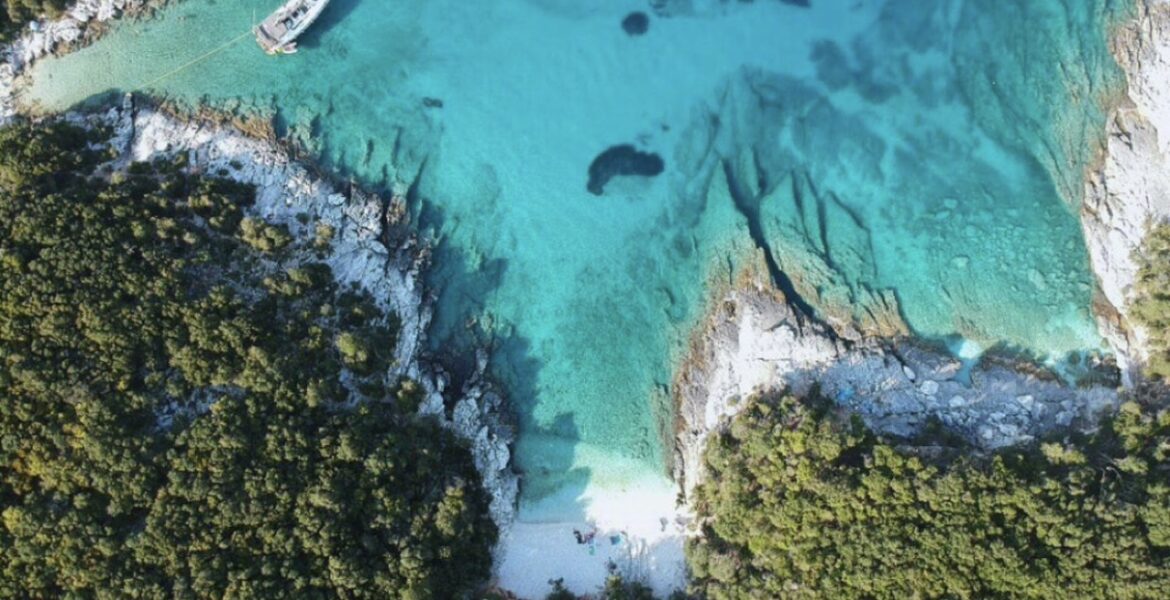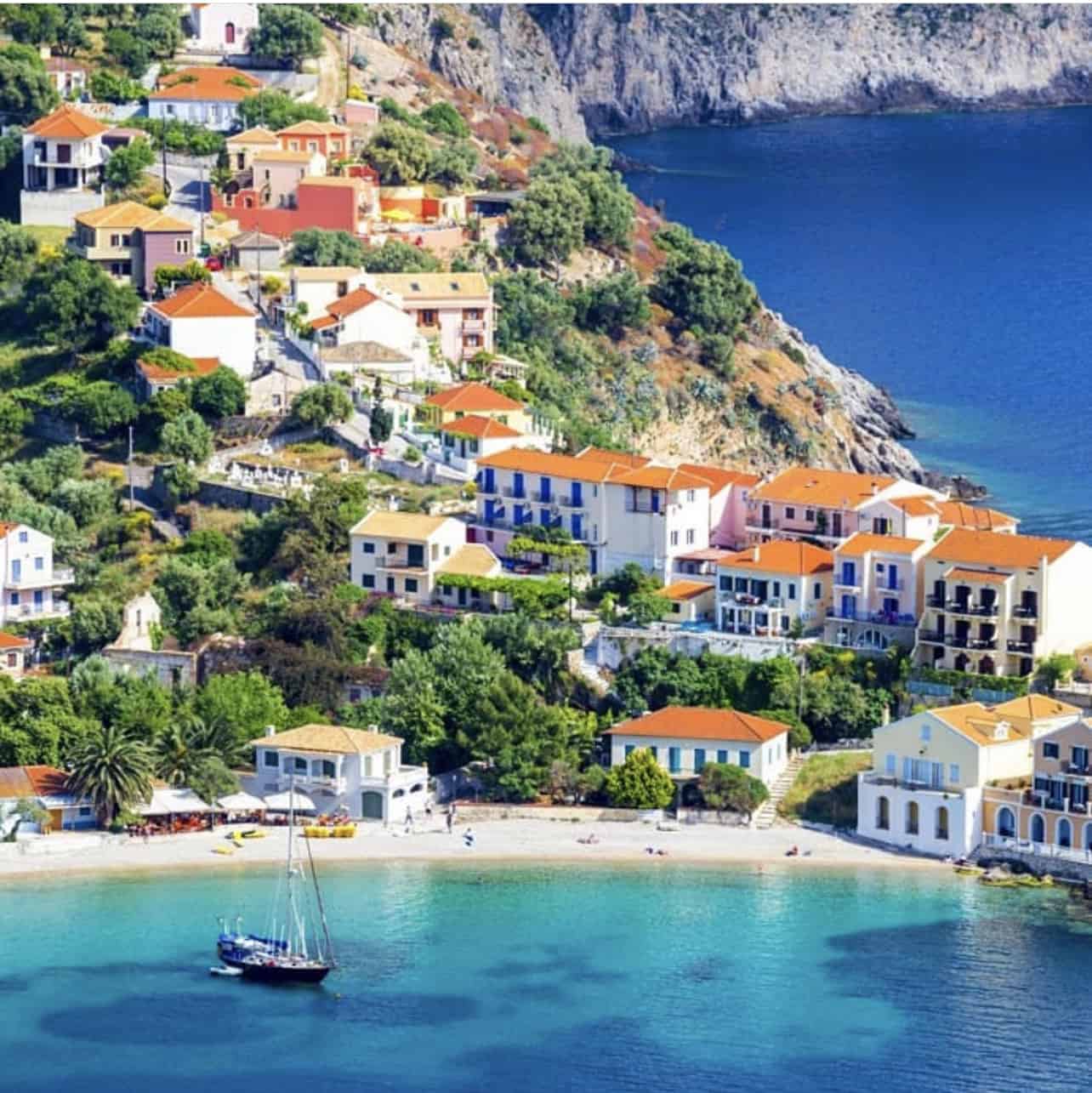Summer vacations are making a comeback.
With vaccines rolling out across the world, Google trends for travel searches are surging and travel bookings along with them.
According to the European Travel Commission, over half (56%) of Europeans intend to travel this summer. Many, however, remain cautious, seeking remote outdoor vacations with 34% favouring a seaside trip.
Bearing this in mind, Loveholidays has put together a list of Europe's Best Secluded Beaches with amazing views, providing some social distancing-friendly holiday inspiration.
Not surprisingly, this list of ten of Europe’s Best Secluded Beaches is adorned with not just one, but two beaches belonging to the beautiful Greek island of Kefalonia: Kimilia Beach and Dafnoudi Beach.
Also both awarded TripAdvisor’s ‘Travellers’ Choice - Best of the Best 25 Beaches in the World 2020’, Kimilia Beach and Dafnoudi Beach are just two, albeit breathtaking, reasons to put Kefalonia onto your summer travel itinerary.
Kefalonia Island, Greece
Kefalonia (or Cephalonia) is the largest island in the Ionian Sea, famously known as the location of the movie “Captain Corelli's Mandolin”, starring Nicholas Cage and Penelope Cruz.
Kefalonia's indented coastline is marked by limestone cliffs, private sandy coves and dry rugged landscapes.
Many beaches, including Kimilia Beach and Dafnoudi Beach, are accessible only by foot or via narrow, winding roads.
Surrounded by crystal-clear waters of turquoise, Kephalonia is steeped with history and culture.
History of Kephalonia
The Ionian Island owes its name to Kephalos, the first king of the area during the Palaeolithic era.
According to the locals, this king founded the four main cities of the island which were Sami, Pahli, Krani, and Pronnoi, and named them after his sons.
The large Greek island was home to Odysseus, the legendary king hailed in Homer’s The Odyssey.
Archaeological excavations have been conducted throughout the island which is peppered with numerous archaeological sites belonging to different eras.
Some scholars have traced evidence of human inhabitation on the island back to 50,000 BC.
Tools and other artefacts belonging to the Palaeolithic era, were unearthed on the archaeological site west of Ancient Krani.
Kefalonia was an important centre during the Mycenaean Age, a claim substantiated by the discovery of Mycenaean tombs on the archaeological sites of Tzanata, Metaxata and Mazarakata.
In the 187 BC, Kefalonia was attacked by the Romans, who ultimately took the island after months of fighting against the resistance of the island's inhabitants.
The archaeological sites of Roman times in Kefalonia including temples, palaces and Roman baths are also of great interest to visitors to the island.
During World War II, in 1941, the island was occupied by the Italian troops which were allied with the Germans. In 1943, Italy surrendered to the Allies and as a punishment, the German forces executed more than 5,000 Italian soldiers at the Massacre of the Acqui Division.
In August 1953, a huge earthquake destroyed the largest part of Kefalonia and demolished most villages on the island.
While the villages in the central and southern part of Kefalonia were almost entirely destroyed, only the northern village Fiskardo was left untouched by the earthquake which is very much admired today for its original architecture.
These two historic facts were described in Louis de Bernieres’ famous book Captain Corelli's Mandolin, written by Louis de Bernieres (upon which the 2001 film of the same name was based), which pays homage to the thousands of Italian soldiers executed and to the people who were killed in the post-war earthquake in Kefalonia.
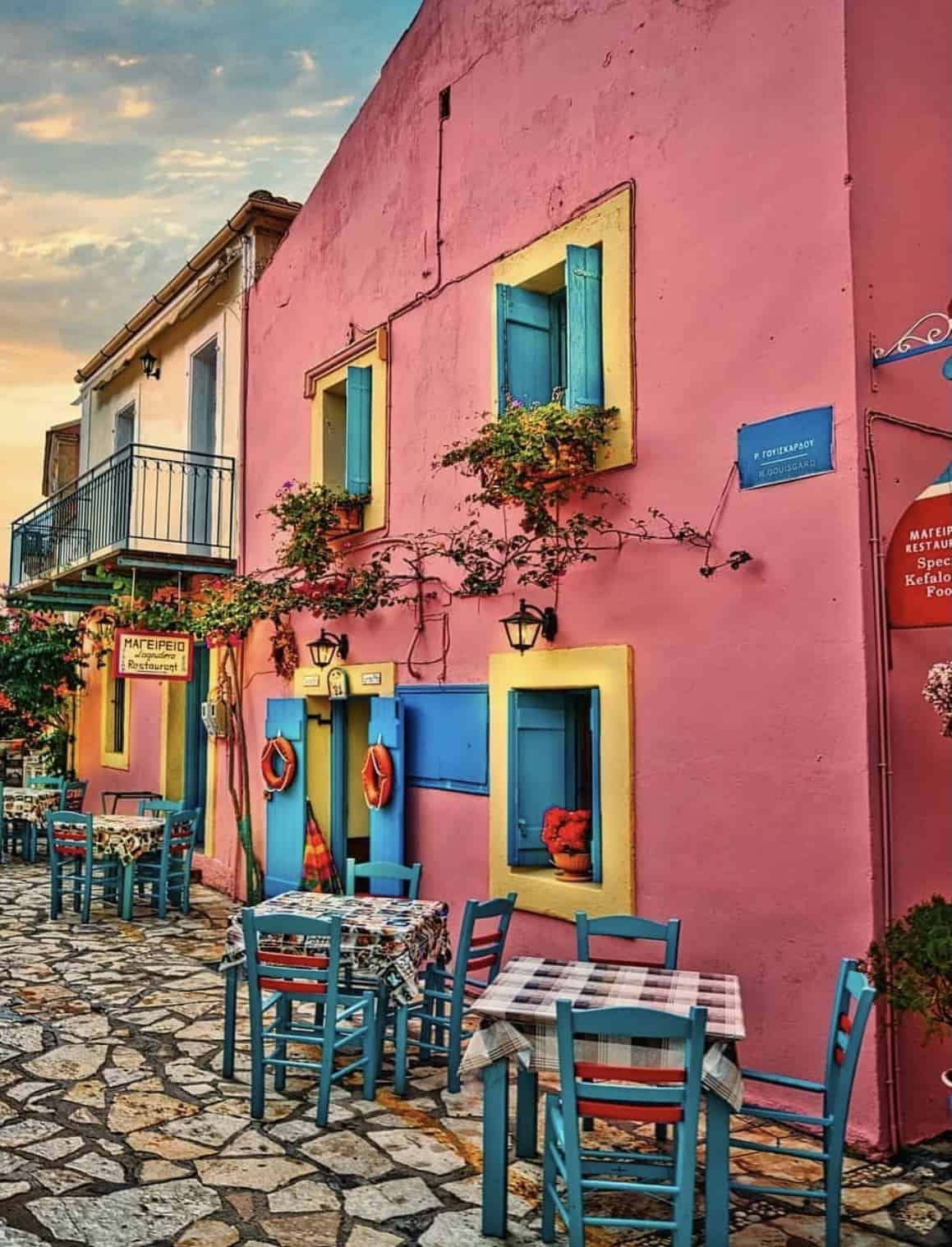
Kefalonia’s Kimilia and Dafnoudi Both Named in List of Europe’s Top Ten Secluded Beaches
The many spectacular beaches of Kefalonia can only be described as exquisite and they are among the largest, most picturesque and the clearest in all of Greece.
A true paradise for lovers of sandy beaches, on Kefalonia there is no shortage of beautiful bays ideal for snorkelling.
Myrtos Beach is a renowned for its natural beauty and is one of the most photographed places in Greece, whilst Antisamos Beach gained worldwide fame through Hollywood’s blockbuster movie Captain Corelli’s Mandolin.
Other worthwhile beaches to visit include Xi, where the sand is coloured red, in addition to the very well organised and accessible Makris Gialos and Platis Gialos beaches, both of which are busy tourist meeting points.
However if it's more a private, deserted island feel that you are after, Kefalonia offers a multitude of inlets hiding beaches that are quietly waiting to be discovered, such as Kimilia and Dafnoudi, named two of Europes Best Secluded Beaches.
Kimilia Beach, Kefalonia
Kimilia beach is located on the north western tip of Kefalonia, on the peninsula of Erisos, near Fiskardo and a number of other small, traditional villages in this region of the island.
It is pebbled, with turquoise waters characteristic of the Ionian sea, while the surrounding green and beautiful nature creates an impressive, unique landscape.
To reach Kimilia beach, visitors should leave their car in the village of Germenata, in Erisos and continue by foot on the small path.
A ten minute walk through cypresses and olive trees leads to the stunning all white pebbly Kimilia beach with its crystalline, blue waters.
Great for swimming and snorkelling, however there a no facilities so beach goers should pack a picnic, water and an umbrella so that they are well-prepared to soak in the tranquillity.
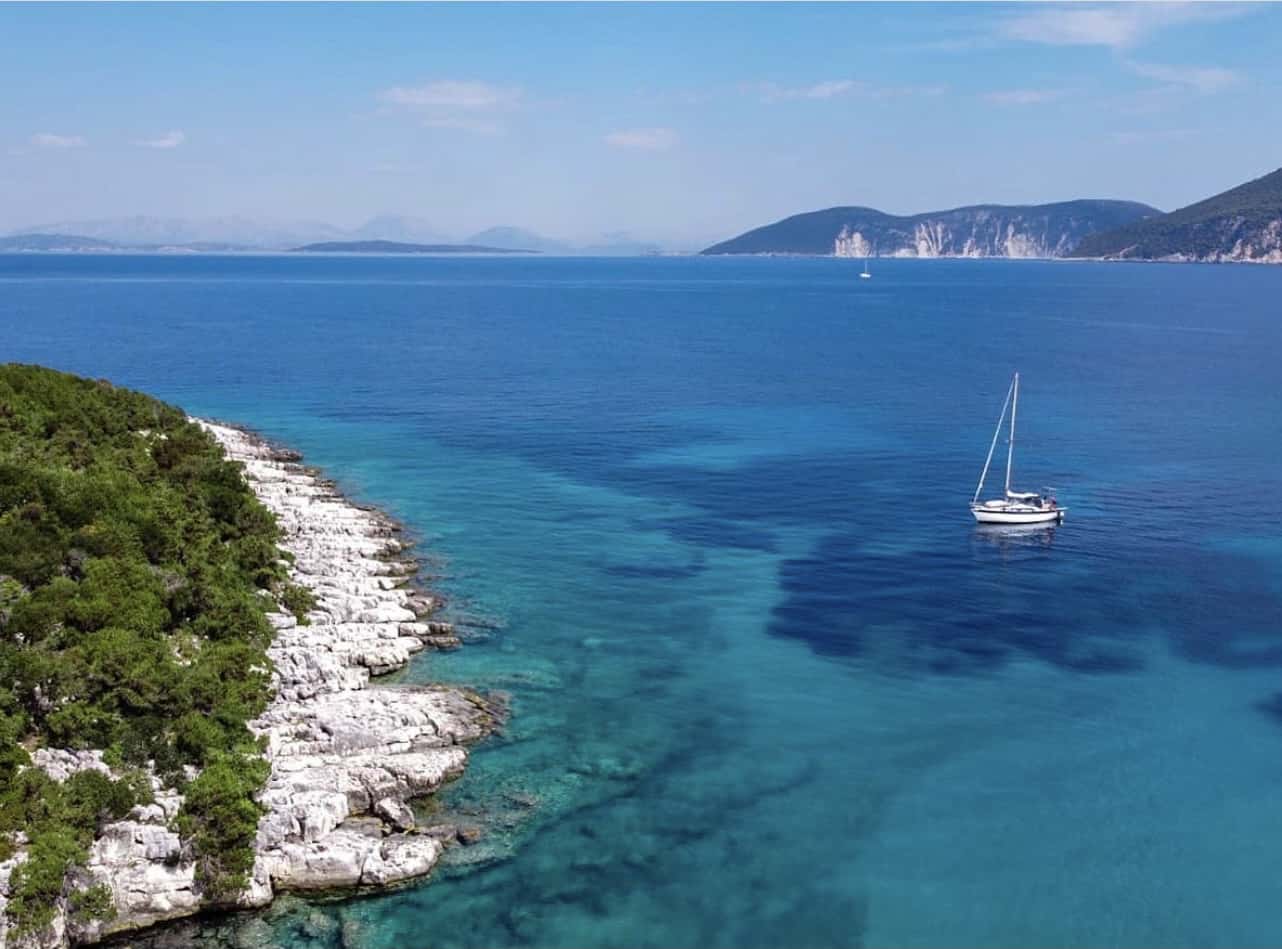
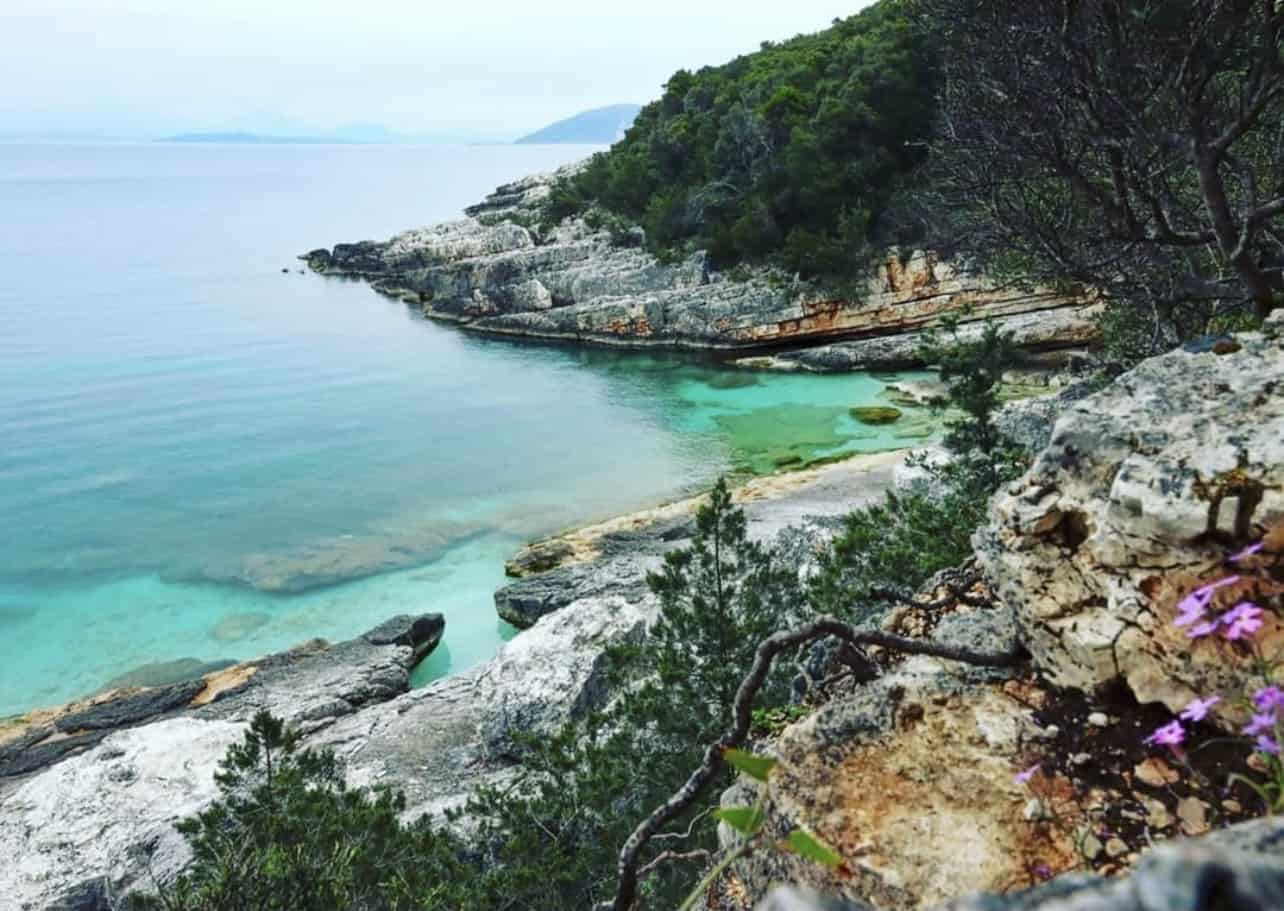
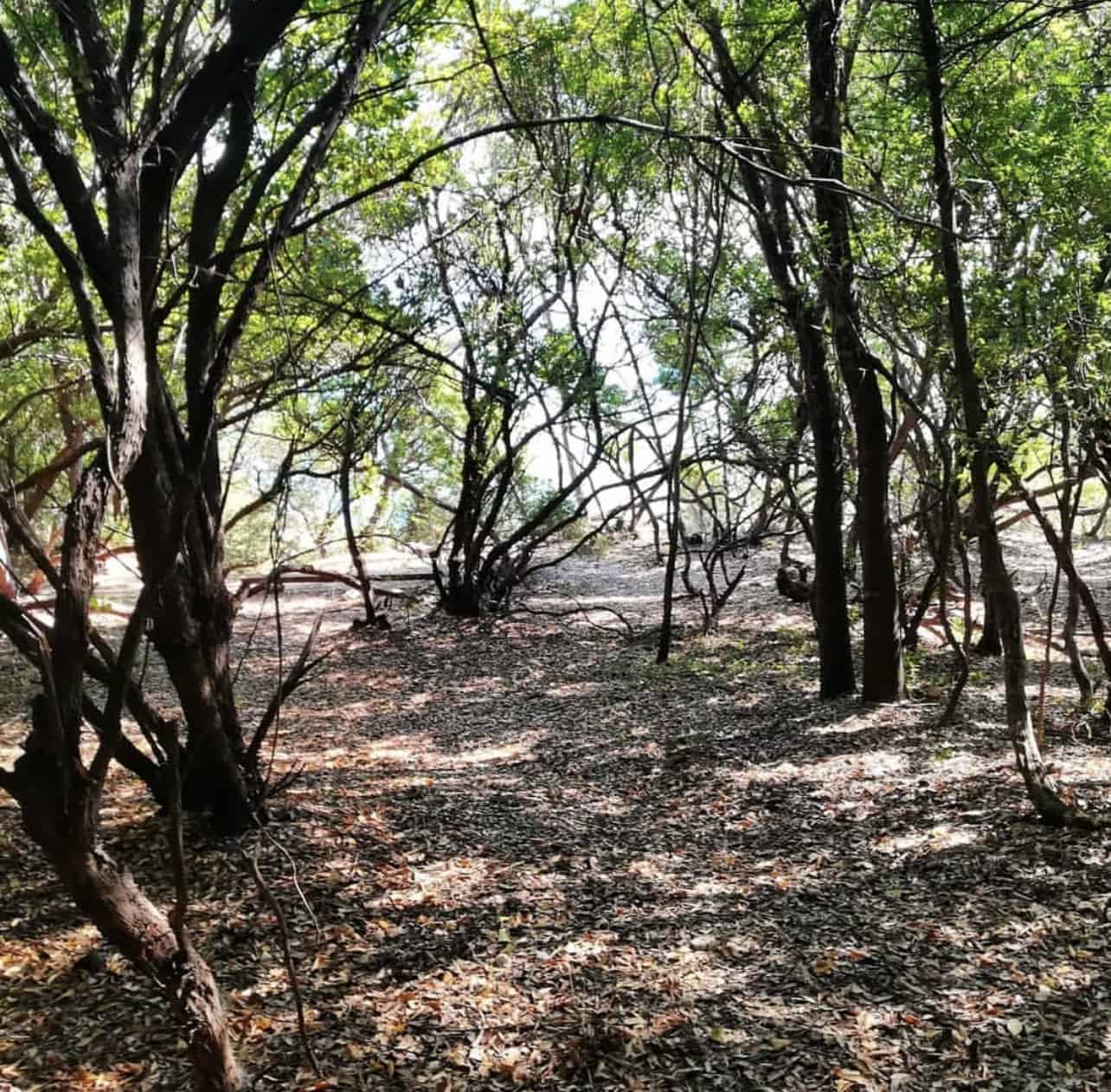

Dafnoudi Beach, Kefalonia
Dafnoudi beach is a small untouched, white pebbled bay, also found at the northernmost tip of Kefalonia, with a view towards Lefkada.
A remote lagoon known for its beautiful crystal-clear waters, pebbled shores and lush green landscape, this hidden treasure is not reachable by car.
Visitors will need to leave the car at Antypata village, approximately 5km from Fiskardo, and walk for about 800m through a cypress forest.
To access the beach you need to walk down a slightly rocky path so be sure to wear sensible shoes rather than flip-flops.
The waters here are calm and the colours vary from blue to green.
At the right side of the beach there is a beautiful cave with a small shaded beach inside.
The beach is a shelter for the endangered Mediterranean monk seal (Monachus-Monachus) so the very fortunate may even be lucky enough to see one.
There is natural shade from about 1pm but before that it is best to bring an umbrella as well as something to eat and drink while you are there.
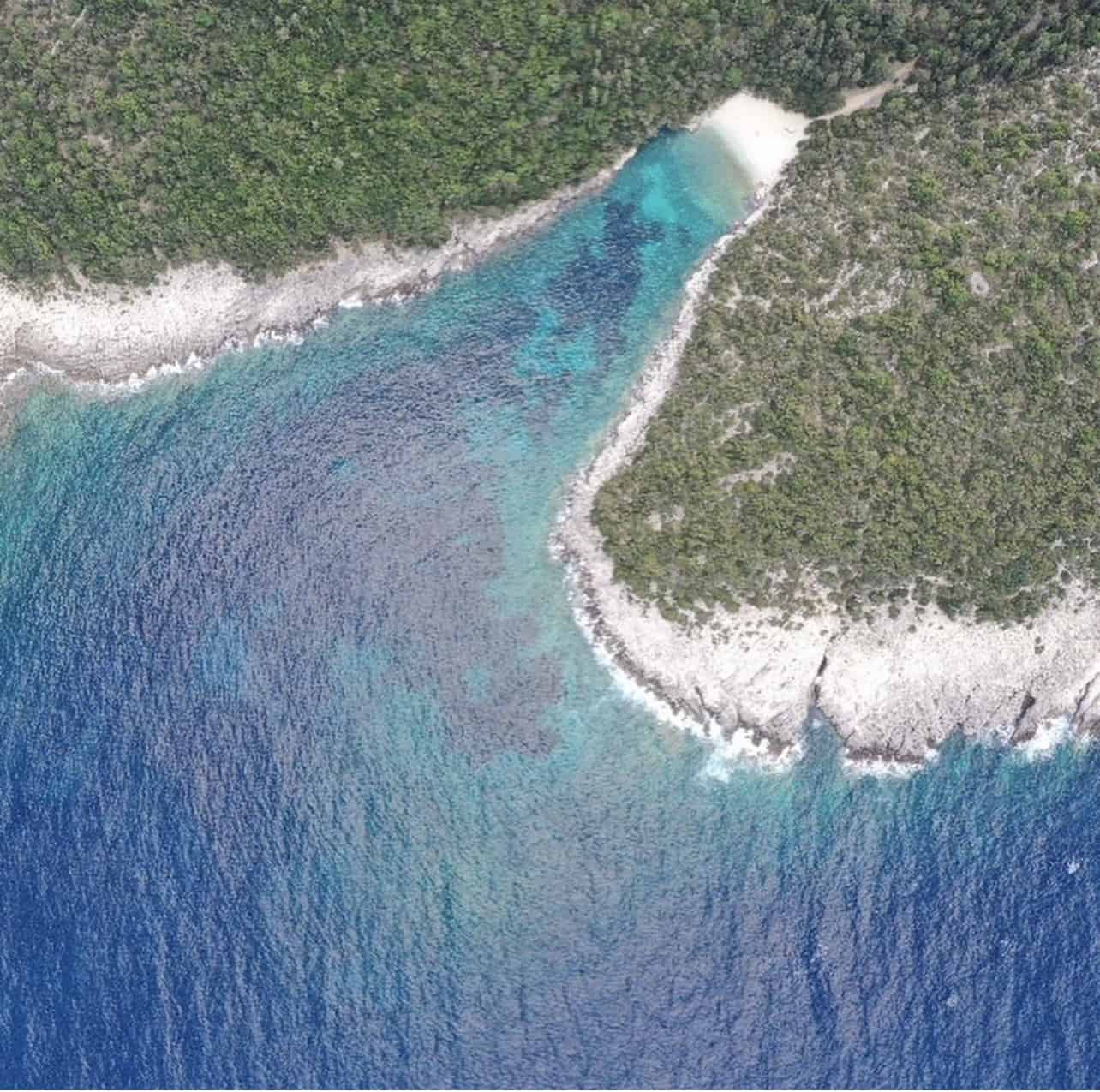

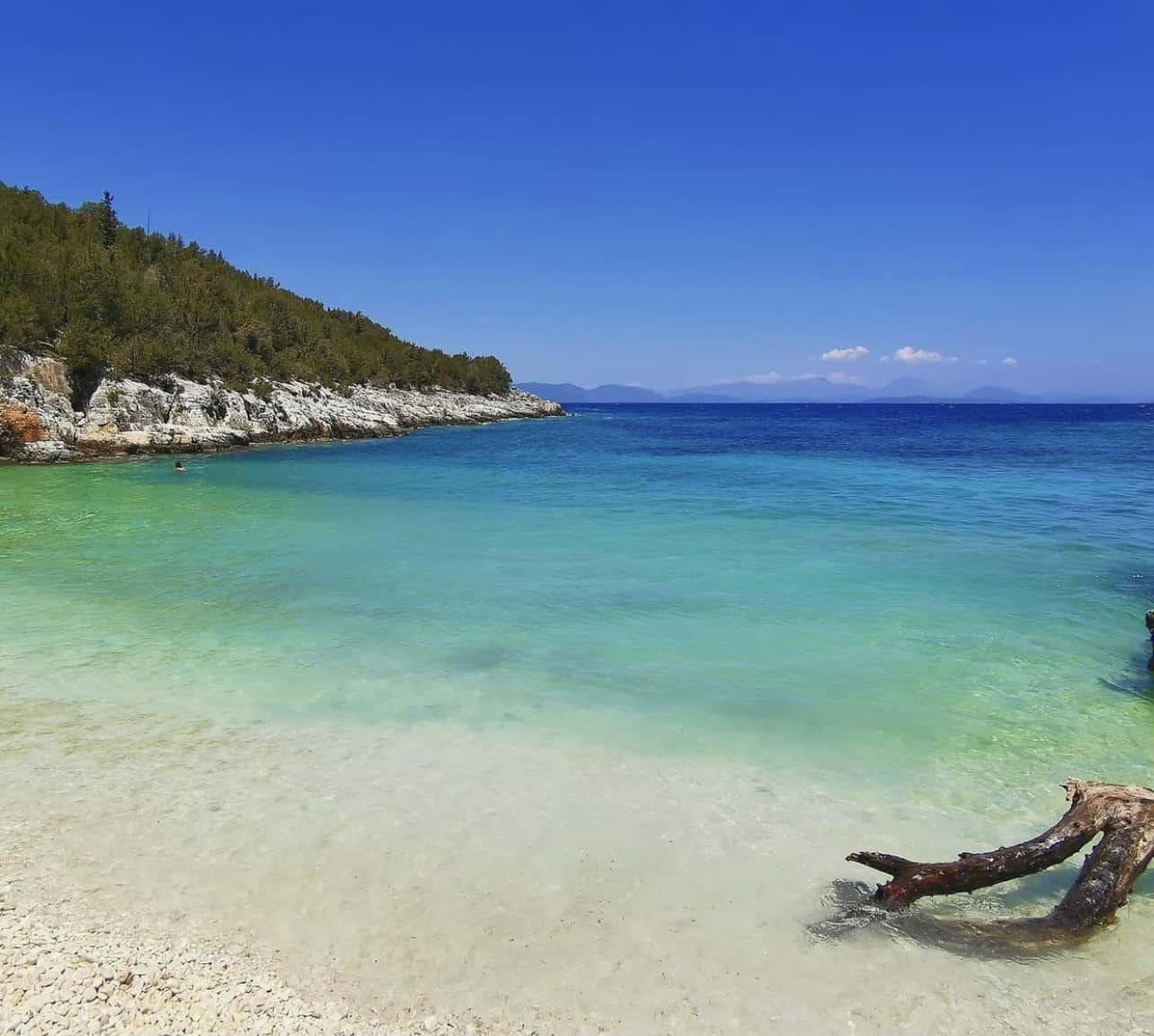
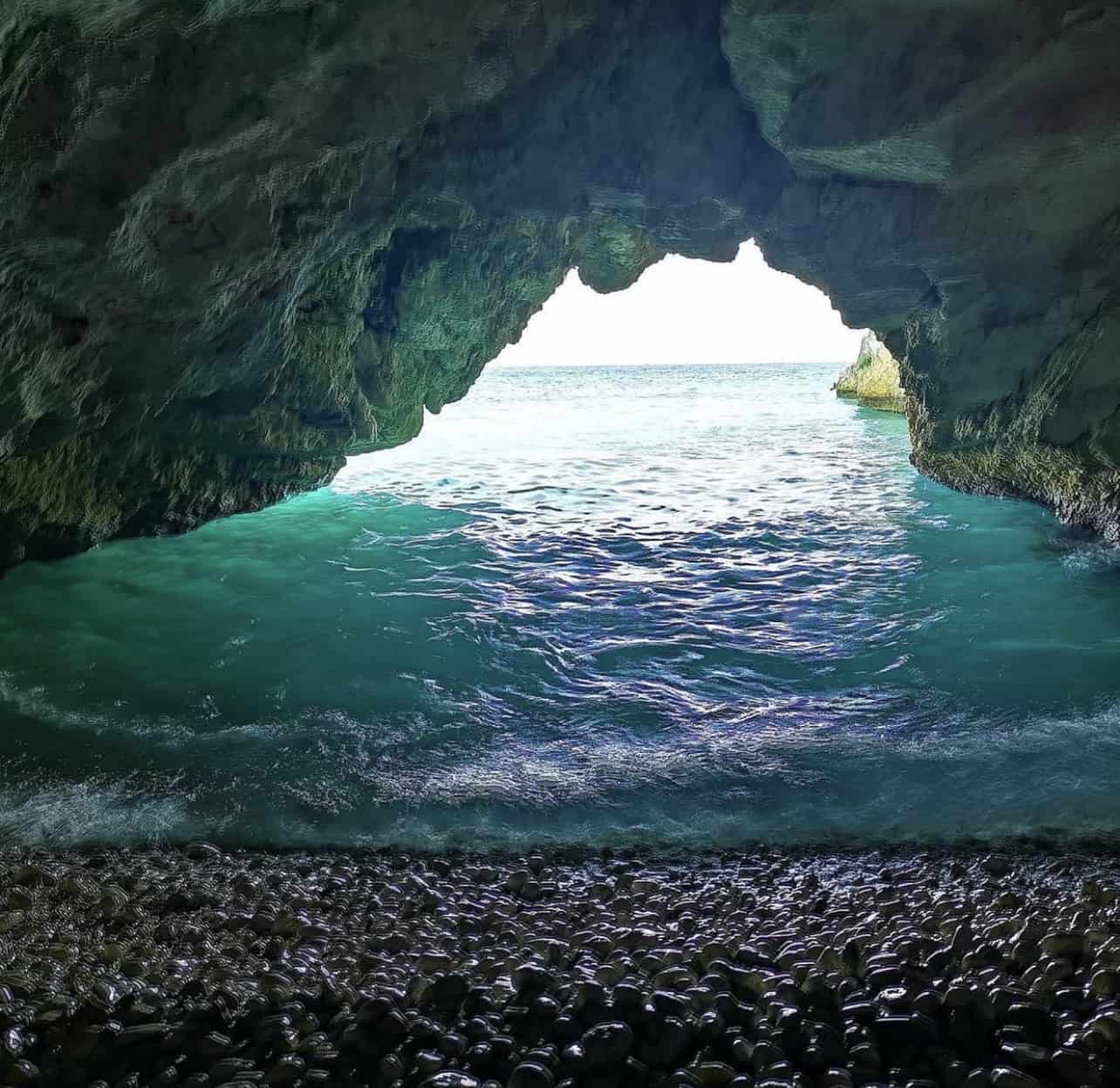
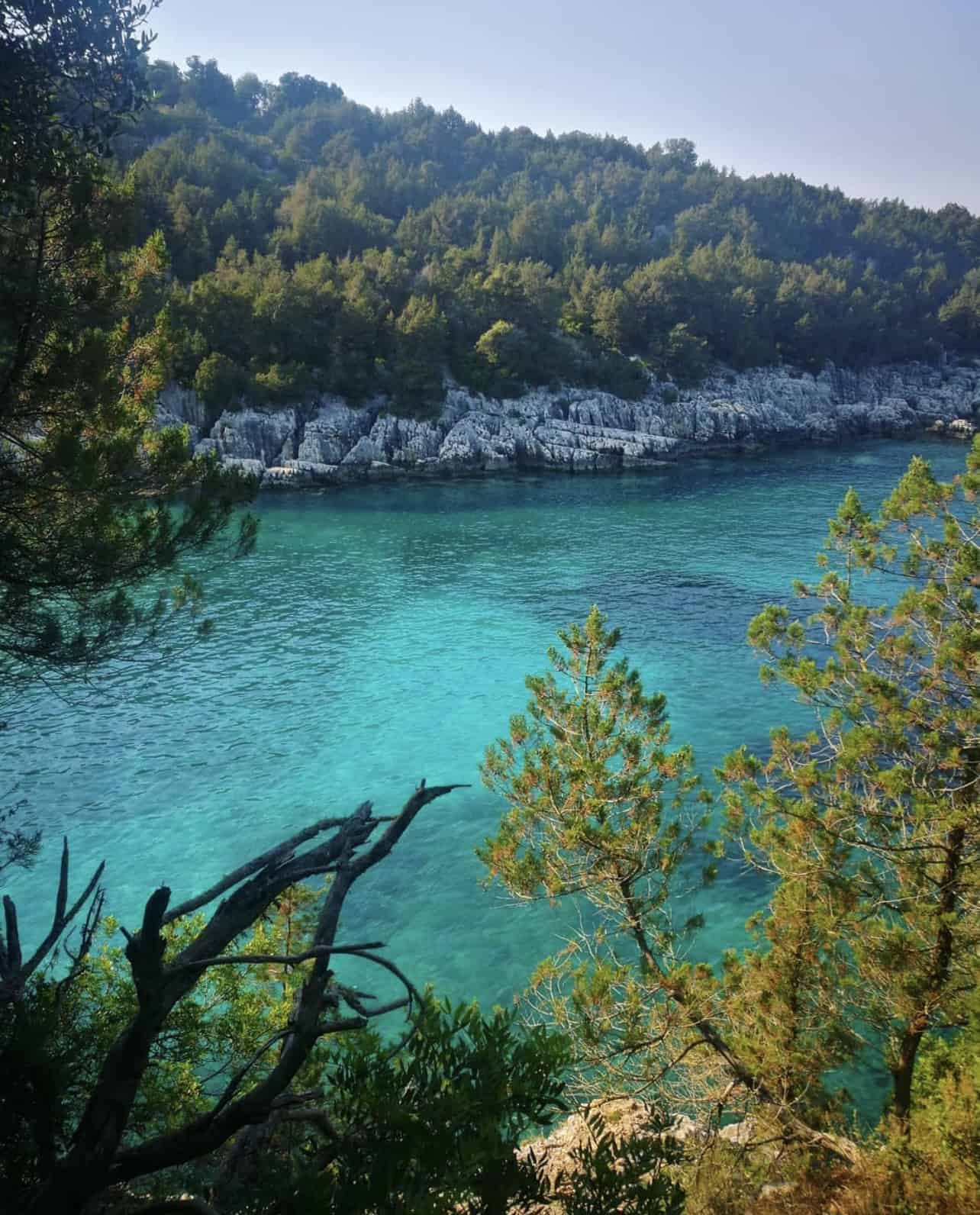
Visitors to Kefalonia will be seduced by this picturesque island on many levels, not the least of all being its unique biodiversity.
In addition to monk seals swimming in its waters, Abies Cephalonica (Greek fir) a unique fir-type tree species with whitish branches and sharp needles, not found anywhere else in the world, grows on Kefalonia.
Goats and hares with gold-coloured teeth attributed to the soil constituents, inhabit the island, whilst caretta-caretta sea turtles deposit their eggs at island beaches.
It is little wonder that the Greek island of Kefalonia has been listed by The Daily Telegraph as one of the 20 Mediterranean islands you must visit in your lifetime.

